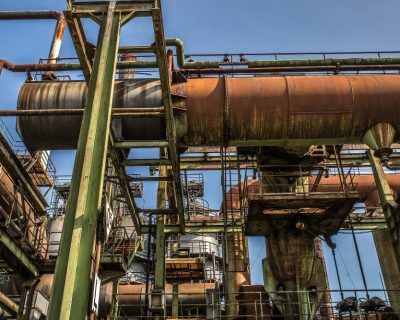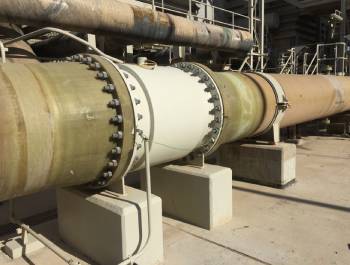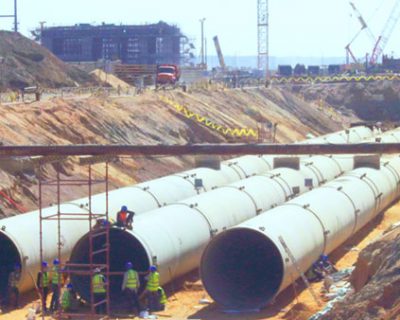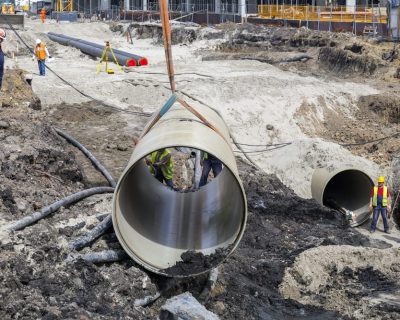Blog
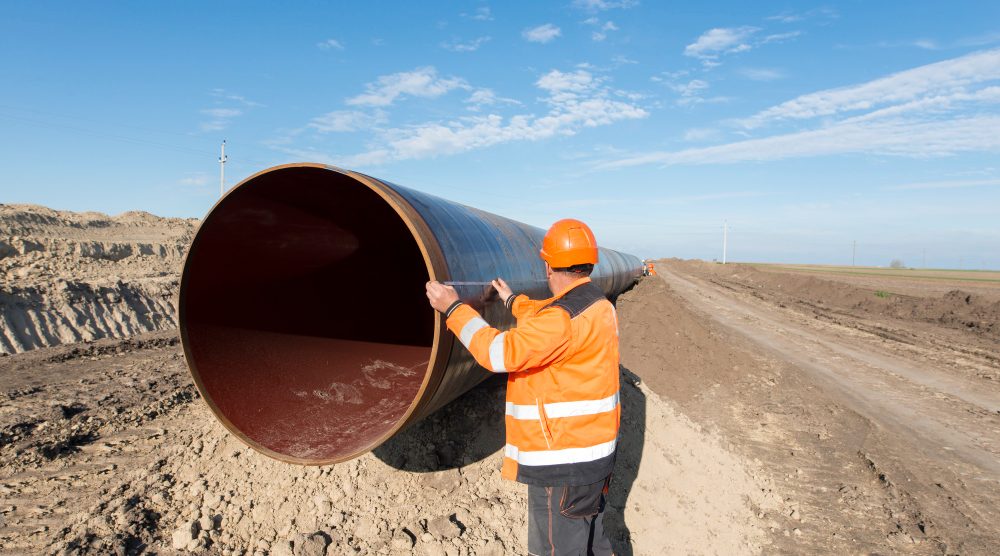
GRP and FRP Pipes: Common Myths and Realities
With regard to modern piping solutions, there is an increased recognition of GRP (Glass Reinforced Plastic) and FRP (Fiberglass Reinforced Plastic) pipes due to their durability, lightness, and resistance to corrosion. However, several myths often surround their uses, leaving a lot of doubts around choice. Let us debunk some common myths and explore the realities behind these versatile pipes.
Myth: FRP and GRP Pipes Are the Same
Reality: While both are reinforced plastic pipes, the difference lies in their reinforcement material.
- FRP Pipes: Reinforced with fiberglass, these pipes excel in handling harsh chemicals, making them perfect for industries like chemical processing and oil refineries.
- GRP Pipes: Glass fiber reinforcement gives these pipes exceptional mechanical strength, making them ideal for water distribution and sewage systems.
Think of FRP as the chemical-resistant specialist, while GRP is the workhorse for high-pressure applications.
Myth: You Can Use FRP and GRP Interchangeably
Reality: The choice depends on the application.
- FRP pipes are best for environments with strong chemical exposure, such as oil refineries.
- GRP pipes are the go-to solution for municipal water supplies or irrigation systems, where mechanical strength is crucial.
For example, a refinery manager benefits from FRP pipes for chemical storage, whereas a farmer prefers GRP pipes for reliable irrigation.
Myth: Both Pipes Have Complex Installations
Reality: Installation is straightforward, but each pipe has specific requirements.
- GRP Pipes: Typically used for underground installations due to their mechanical strength.
- FRP Pipes: Require more fittings to handle chemicals, adding a bit of complexity.
Myth: FRP and GRP Are Limited to Specific Industries
Reality: These pipes cater to diverse industries:
- FRP Pipes: Used in chemical plants, desalination units, and power stations.
- GRP Pipes: Common in municipal water systems, sewage networks, and irrigation projects.
For instance, car manufacturers use FRP pipes for rust-resistant chemical tanks, while cities rely on GRP pipes for their water supply infrastructure.
Myth: Both Pipes Are Prone to Damage
Reality: Premium GRP and FRP pipes are highly strong and corrosion-resistant, promising huge durability.
Then, knowing the specific strengths of GRP and FRP pipes will save you lots of time, effort, and money. Whether it is chemical resistance or high pressure durability, the appropriate choice will depend on your specific needs.


